Recommended Routes
A city tour to experience exotic culture and history (Kitano Ijinkan-gai, Kobe City)
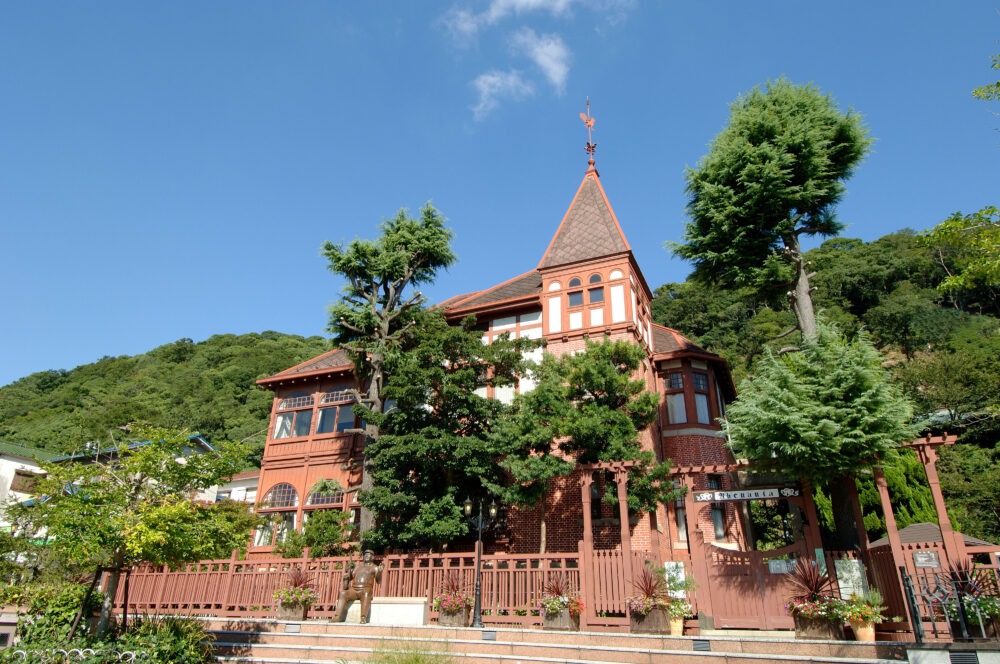
A stroll up the gradual slope towards the mountains from Sannomiya Station takes you to the Kitano Ijinkan-gai area where the scenery is at times strangely non Japanese. This is where foreign traders of the 19th century built their homes.
On the high bluff overlooking the sea remain several homes of characteristically western-style architecture to note the Kazamidori-no-yakata (Weathercock House) that has come to symbolize the Kitano area, the Moegi-no-yakata (Sharp Residence), the Line-no-yakaya (Line House) and the Uroko-no-ie (literally the “Scale House”).
Video
Rekishikaido Let's Enjoy Kitano Ijinkan-gai
Access
By train
From Tokyo
Take the JR Tokaido Sanyo Shinkansen (Nozomi) to Shinkobe Station … Approx. 2 hr 51 min.
From Osaka
Take the Hankyu Limited Express Service from Umeda Station to Sannomiya Station … Approx. 27 min.
Take the Hanshin Limited Express Service from Umeda Station to Sannomiya Station … Approx. 29 min. Take the JR Special Rapid Service from Osaka Station to Sannomiya Station … Approx. 21 min.
By car
From Tokyo
Take the Dream Kobe Bus (JR Bus Kanto) from the Yaesu South Exit of Tokyo Station to Shinkobe, Sannomiya or Kobe (South Central Exit) Stations … Approx. 8 hr 50 min.
Route
- JR・Hankyu・Hanshin Sannomiya Stationon foot
- Kitano Ijinkan-gaion foot
- Uroko-no-ie (Scale House)on foot
- Moegi Houseon foot
- Nunobiki Herb Parkon foot
- JR・Hankyu・Hanshin Sannomiya Station
Highlights
-

Kitano Ijinkan-gai
Its name literally meaning "different people's homes", Kobe's Ijinkan-gai in Kitano is where foreign traders built homes after the Port of Kobe was opened to world trade in the Meiji Period. There are 24 homes that can be visited today.
-
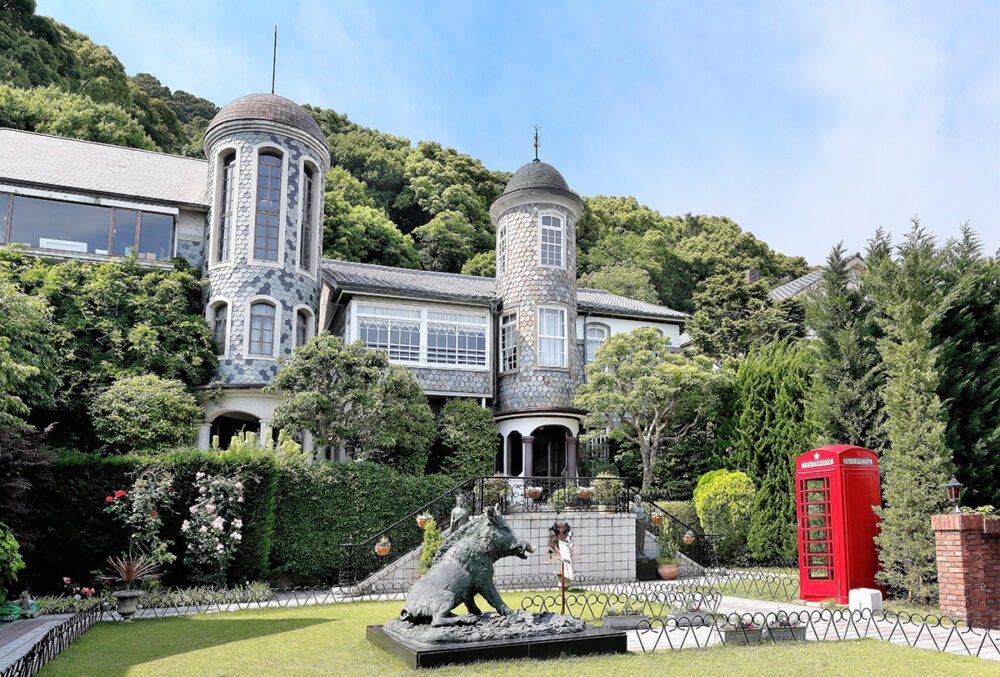
Uroko-no-ie (Scale House)
Built in the Taisho Period, the Uroko-no-ie gets its name from the round natural slate exterior that looks every bit like fish scales. The first floor operates as a coffee shop. How to get there: Approx. 15 min on foot from Sannomiya Station (JR Kobe Line, Hankyu Kobe Line, Hanshin) Admission fee: 1,100yen
-
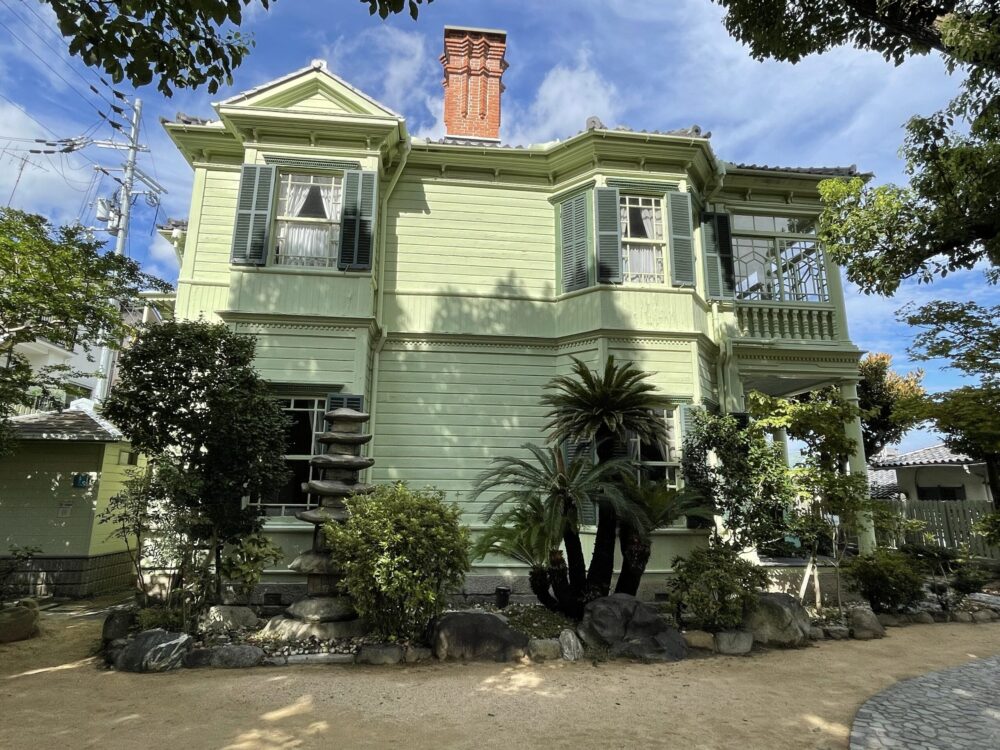
Moegi House
The house of Moegi was built as a residence of the Consul-General of the United States in 1903 and was designated as an important cultural asset of the country in 1980. A wooden two-story, preliminary boarded foreign-style hall, featuring two different bay windows (overhanging windows). Luxurious designs such as a staircase with an arabesque pattern and a heavy mantle piece are seen everywhere, and from the veranda on the second floor a wonderful view overlooking the city area of Kobe is spreading.
ADMISSION:400 yen -
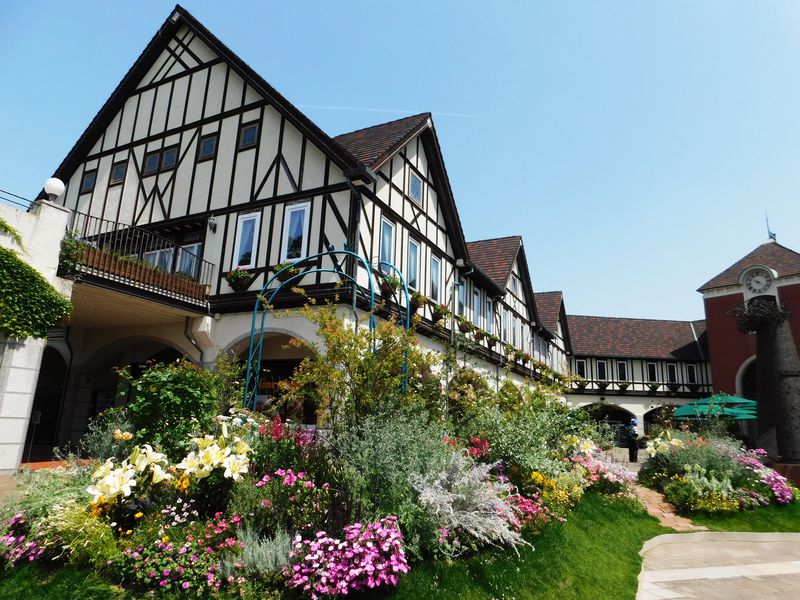
Nunobiki Herb Park
These gardens grow about 150 different kinds of herbs. On the park grounds are also found a museum and a restaurant that resembles of Swiss chalet. How to get there: Short walk from Nunobiki Herb Park Station of the Shinkobe Ropeway.
Admission fee: 200yen
Closed: 2nd and 4th Mondays (Tuesday if Monday is a holiday)
Side Trips
In addition to Ijinkan Street, there are many places in Kobe where visitors can enjoy an exotic atmosphere, such as Chinatown.
-
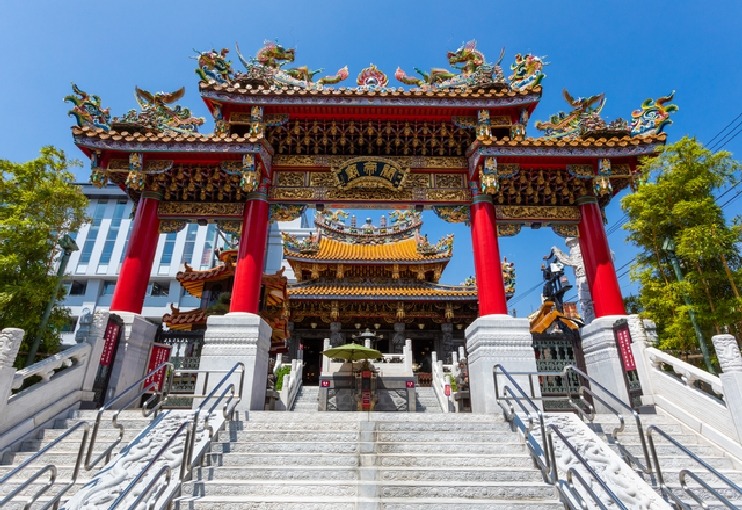
Kantei-byo Shrine
This shrine venerates, as the protectorate of wealth, the General Guan Yu of China's period of Three Kingdoms that ensued the de facto loss of power of the Han Dynasty in 220.
-
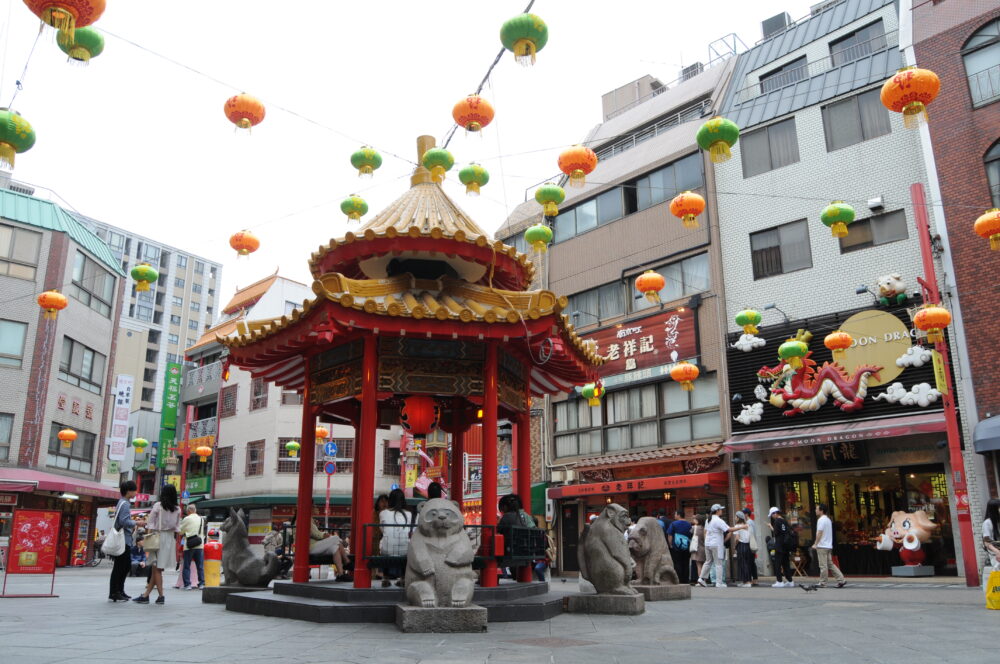
Nankinmachi (Chinatown)
Known as one of Japan’s three largest Chinatowns, the Nankinmachi is a popular tourist attraction for visitors to Kobe. It is the only Chinatown in the Kansai region and is the place to go for Chinese ingredients, food and all sorts of Chinese goods.
